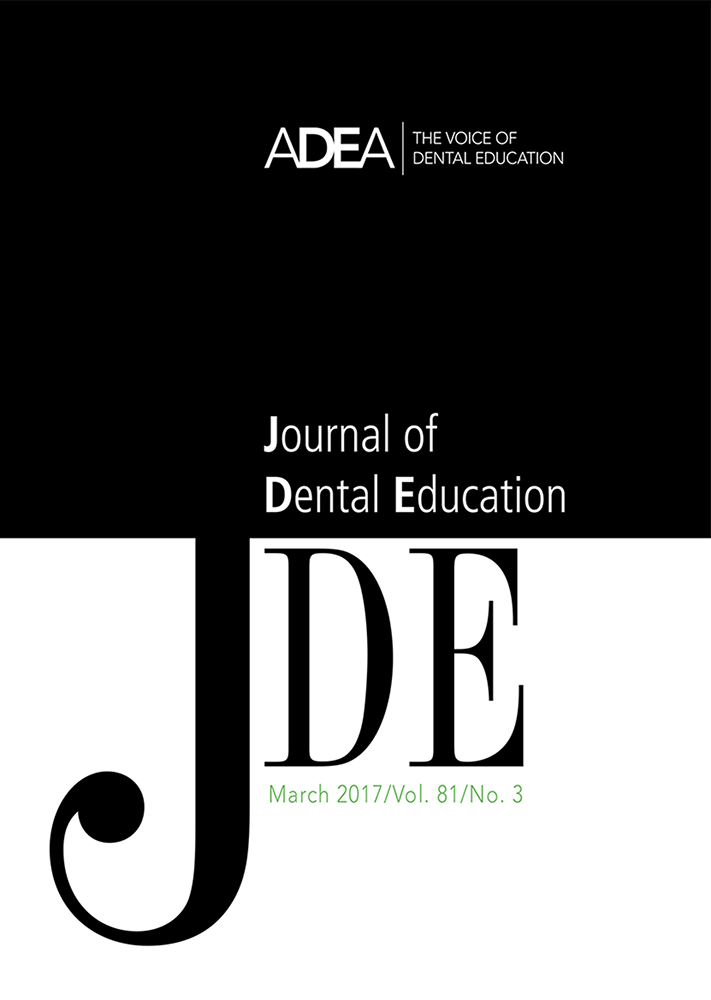Use of Electronic Versus Print Textbooks by Chilean Dental Students: A National Survey
Abstract
Electronic textbooks have become available in recent decades as replacements or alternatives for print versions. The aim of this descriptive cross-sectional study was to evaluate the use of electronic versus print textbooks by Chilean dental students. The target population was students from 14 Chilean dental schools. The questionnaire was adapted and translated to Spanish from a previous survey used in a similar study. It consisted of the following variables: preferred type, type used, frequency of use, source, electronic devices used to read, and disposal after use. The use of textbooks was analyzed and compared by gender and course (p≤0.05). The final sample consisted of 3,256 students (21.38±2.5 years of age, 50.8% women). Most of the participants reported using both types of texts, with most (63.9%) preferring print over electronic texts, including significantly more women (p<0.001) and first-year students (p<0.001). Most of the participants (82.8%), more women (p<0.001), and with variations over years of study (p<0.001) reported that they printed out their electronic texts, and 91.8% kept their printed material. Most of the students used electronic books on a daily basis (47.3%) or at least twice a week (30.7%). The main source of electronic textbooks was the Internet (43.8%). A personal computer was the most widely used device for reading electronic texts (95.0%), followed by a cell phone (46.4%) and a tablet (24.5%). Overall, these Chilean dental students preferred print over electronic textbooks, despite having available electronic devices.




